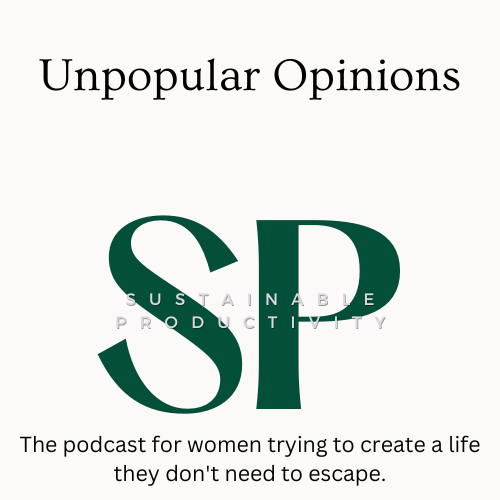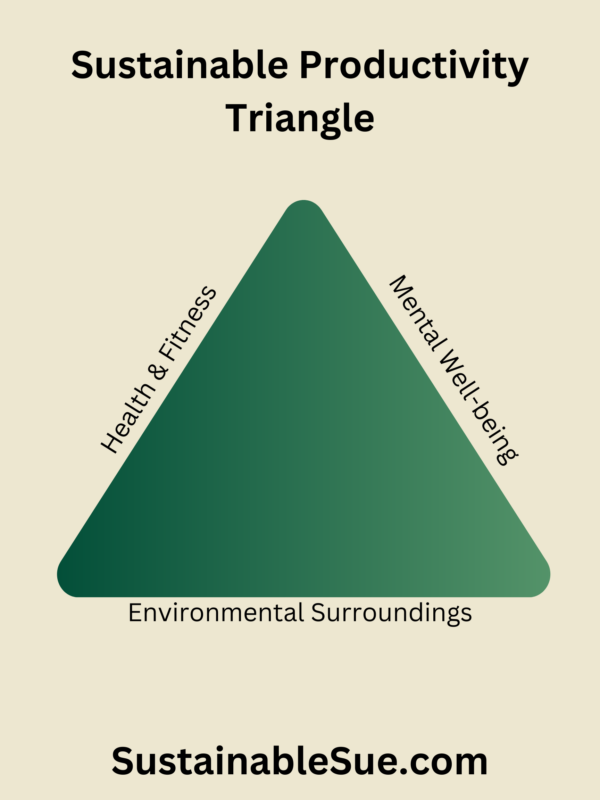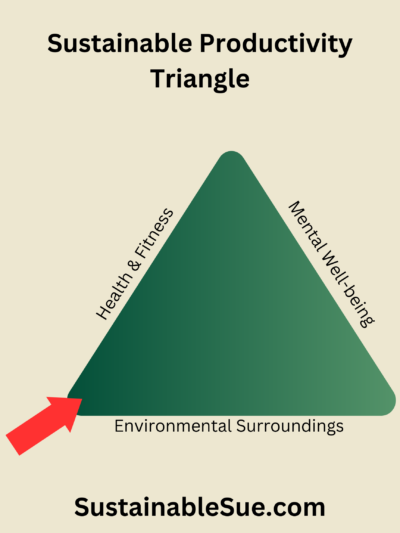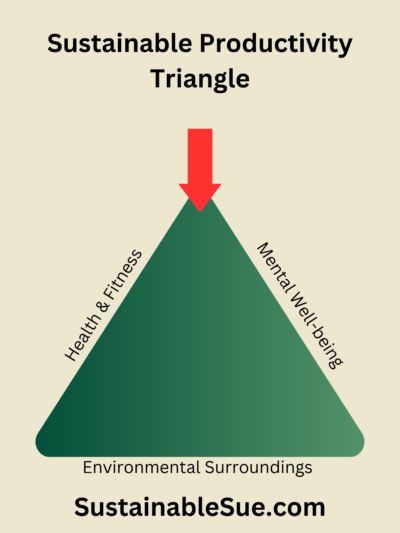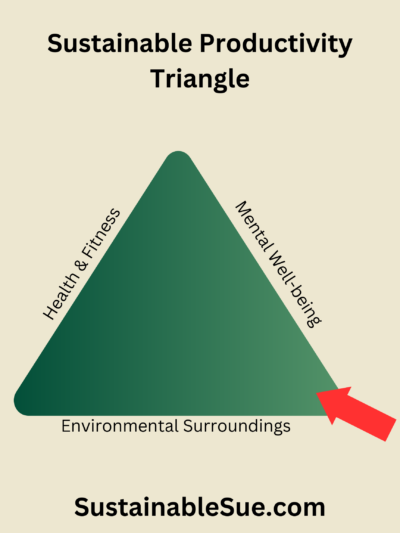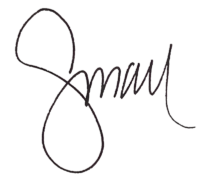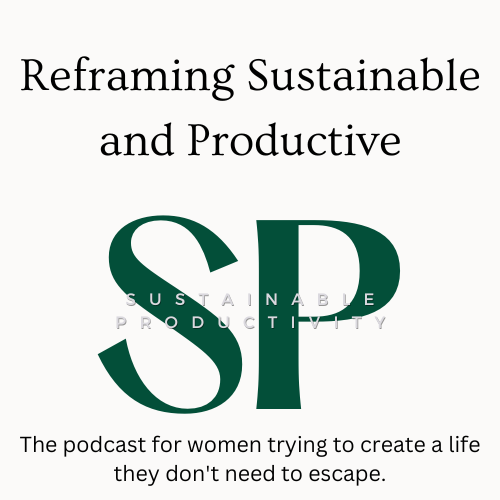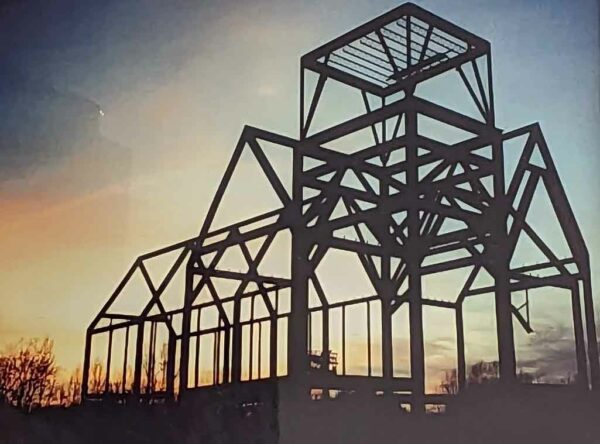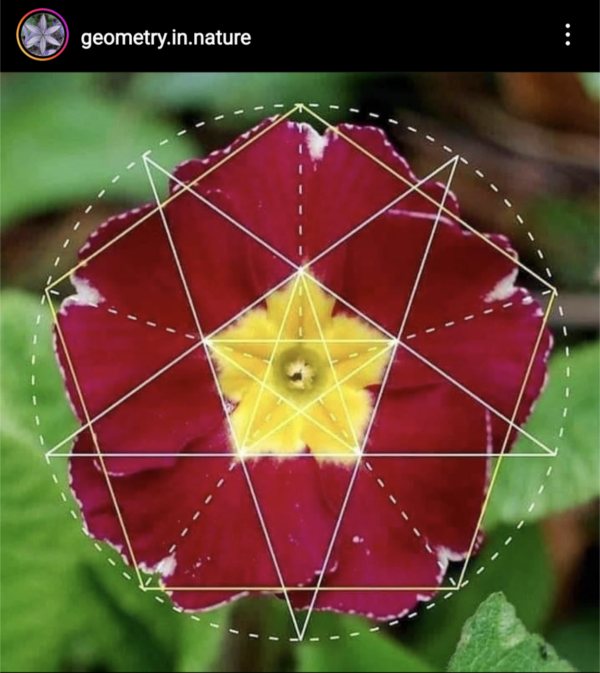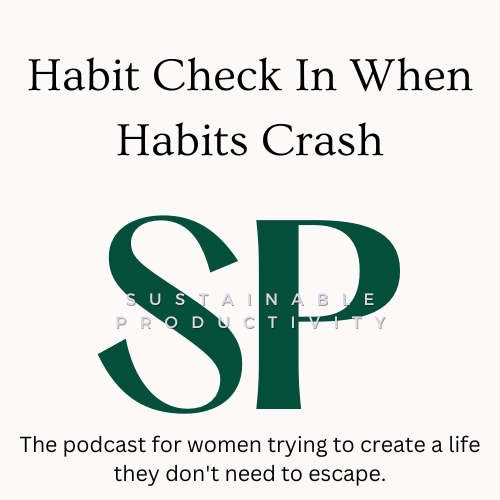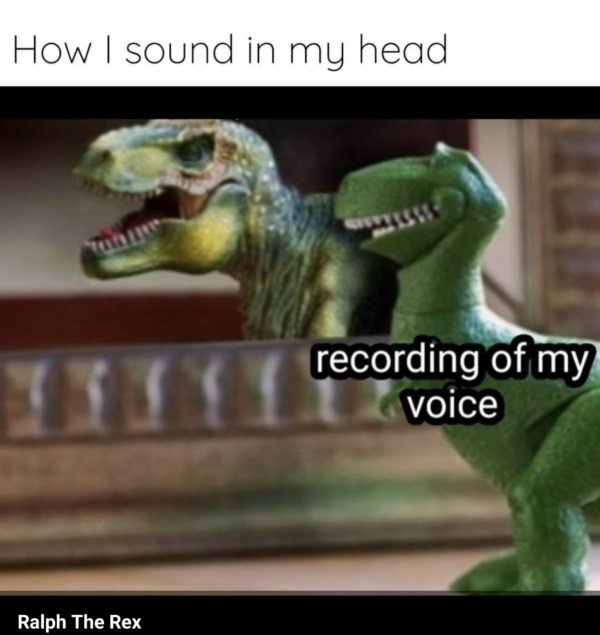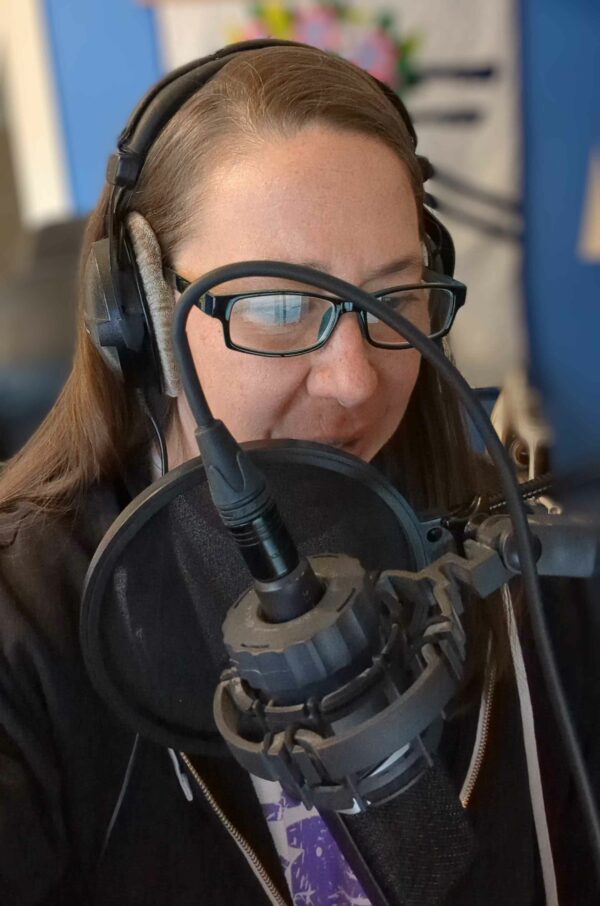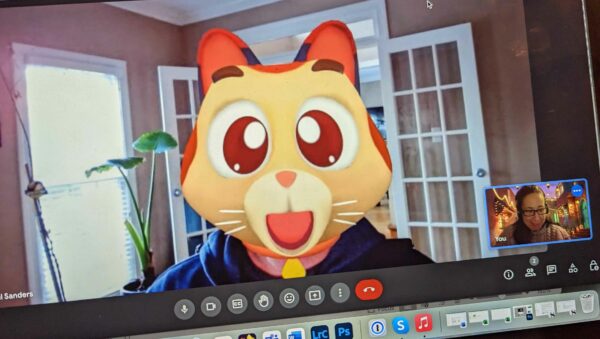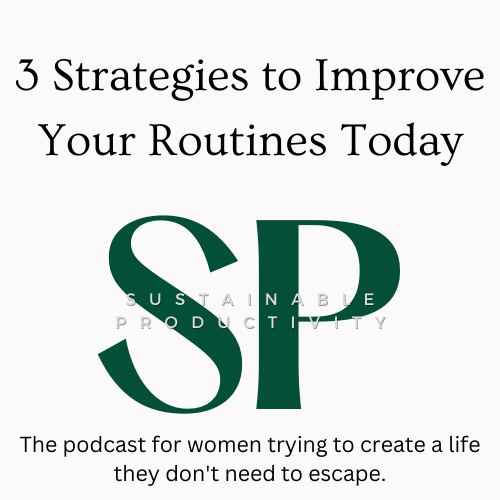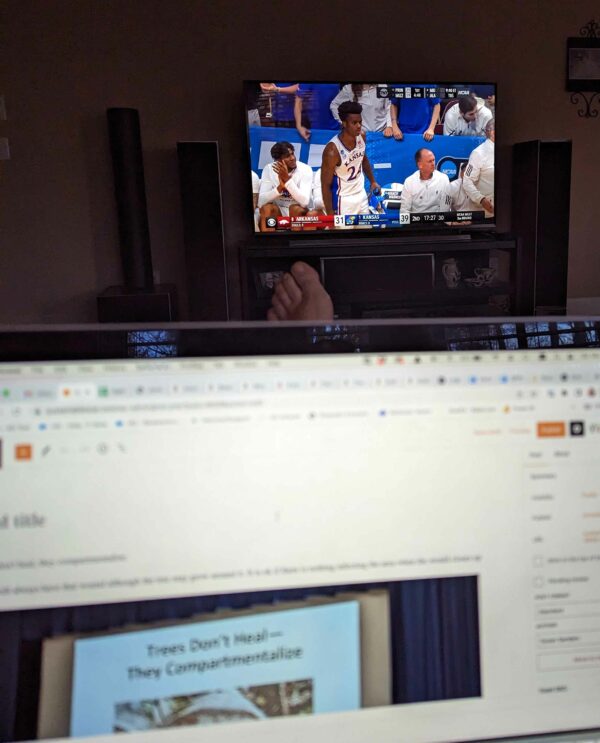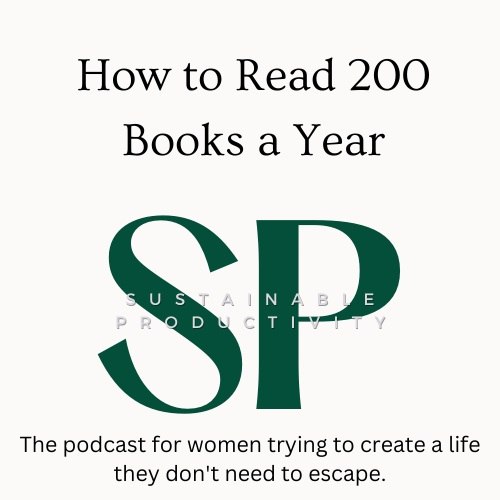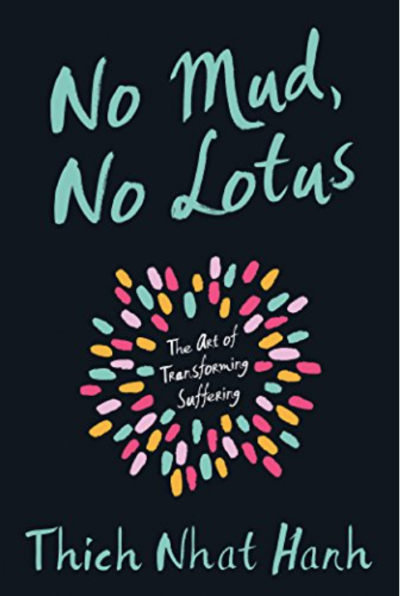Episode 11: Unpopular Opinions
This episode is all about unpopular opinions because I’ve got a few. This is kind of exciting because for a long time I did not have opinions at all. Well, I had them after you gave me yours, but overall – I just liked what you liked. If I did have an opinion about what I did not like, but it went counter to what you thought, I stuffed it down. I could not make sense of all of this until therapy and recovery in my 40s. It is simple people pleasing. As I started to loosen my grip on people pleasing and explore what I did like, an interesting thing happened – I identified things I had been acting like I enjoyed for decades. I discovered some of these were unpopular opinions.
My hope for this episode is that by revealing my unpopular opinions, you will hear acceptance of what I like and don’t like, and that this will help you figure out yourself a little bit more. This is how we discover what is truly productive for the REAL us – no sense continuing something long term if it does not serve us or bring us joy.
Listen at the link below or search “Sustainable Productivity Susan Sanders” wherever you get your podcasts.
Links mentioned in this episode of the Sustainable Productivity podcast:
- Sign up for episode emails, weekly essays, and links so you never miss a thing!
- Links to the episodes about books are found at the links below:
- Episode 4: February Reading Roundup
- Episode 7: How Susan Reads 200 Books a Year – and What This Means for YOUR Hobbies
